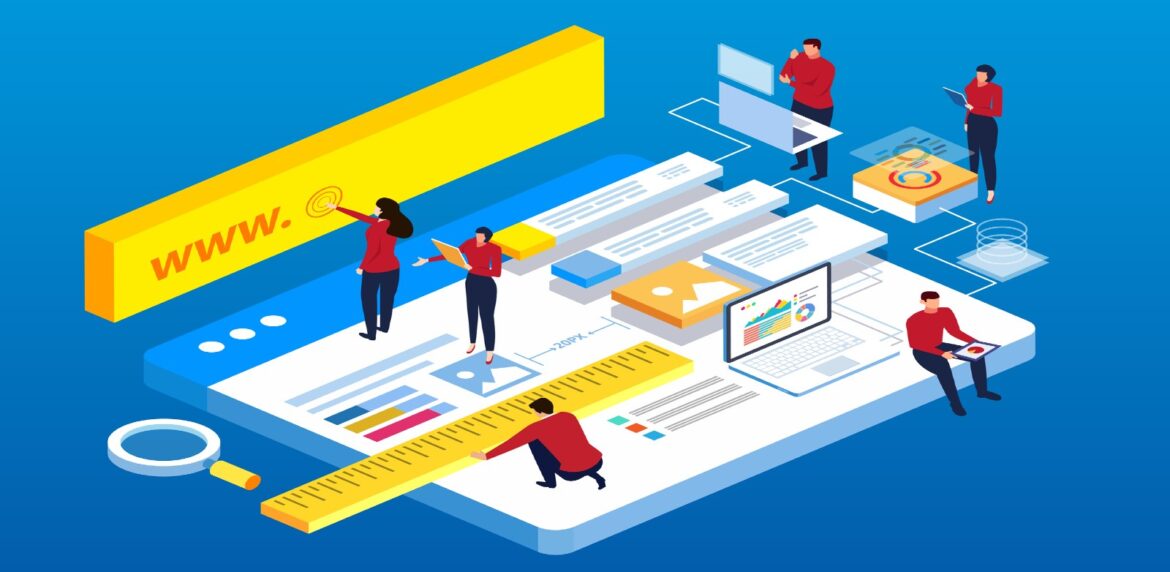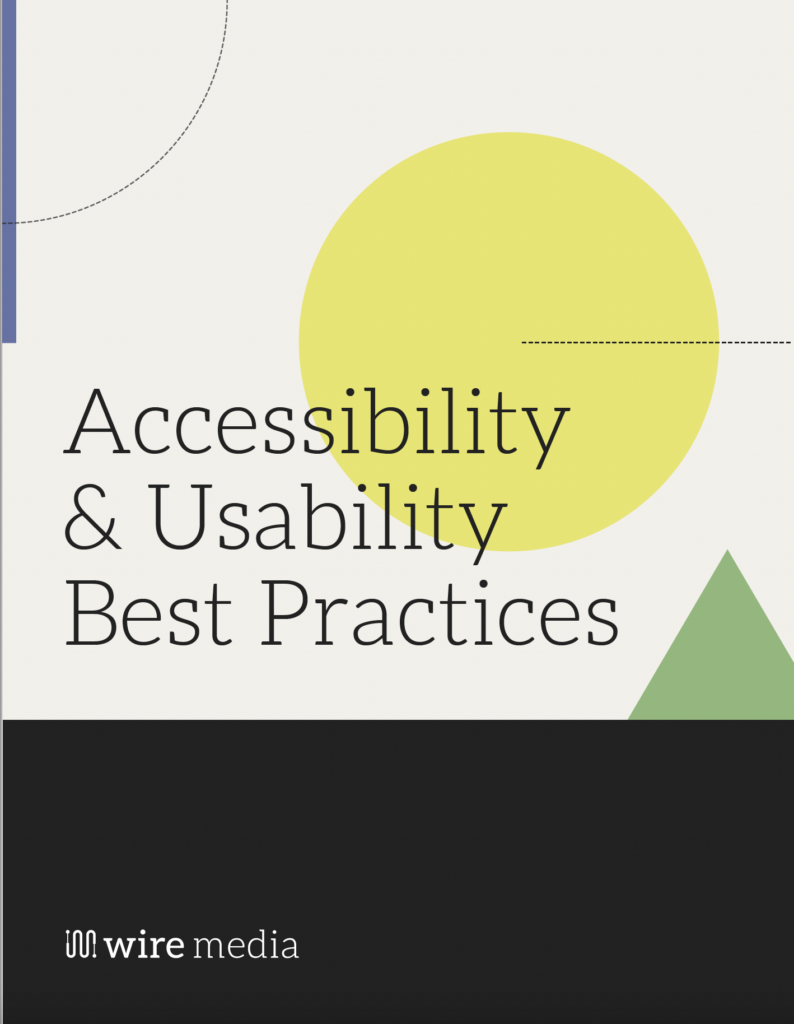
Let’s dive into the world of assistive devices and web accessibility. You know, those nifty gadgets and gizmos that make the internet a more inclusive place for everyone. Whether you’re new to the concept or an old pro, we’ve got the lowdown on what assistive devices do best and a heads-up on things to keep in mind.

Get our guide on how to start making your website available to everyone.
Get the Guide3 Ways Assistive Devices Make Our Lives Better
Reading Aloud Like a Champ
Picture this: You stumble onto a fantastic blog post (like this one, wink-wink) that you can’t wait to take in. But what if you’re visually impaired? No worries! Assistive devices, like screen readers, swoop in to save the day. They’re like your trusty sidekick that reads aloud everything on the screen, from text to headings and even alt text for images. Pretty cool, right?
Here’s how it works: You navigate the web using keyboard shortcuts or gestures, and the screen reader does its magic. It not only helps folks with visual impairments but also those with learning disabilities or anyone who prefers listening over reading.
Magnifying the Web
Have you ever tried reading super tiny text on a website or squinted at microscopic buttons? It’s a real struggle! That’s where magnification software comes into play. These assistive gems zoom in on web content, making it larger than life. Now, you can say goodbye to eye strain and hello to a more enjoyable browsing experience.
People with low vision find magnification software a game-changer. They can adjust the level of zoom and even apply high-contrast color schemes for better readability. It’s like having your very own pair of virtual glasses!
Navigate with Ease
Ever been on a website with a billion links and got lost in the digital wilderness? We’ve all been there. Assistive devices, like screen readers and voice commands, are your digital compass. They help you navigate the web smoothly, jump from one section to another, and find what you’re looking for without feeling like you’re in a maze.
With keyboard shortcuts and voice commands, users can move through web pages quickly, skip to main content, and jump between headings. This not only speeds things up but also reduces frustration. Yay to simpler, stress-free surfing.
Now that we’ve covered the awesomeness of assistive devices, it’s time to chat about a few things to watch out for when using them for web accessibility.
3 Things to Keep an Eye On
Compatibility Concerns
One thing that can throw a wrench in the works is compatibility. Not all websites are created equal, and not all assistive devices play nice with every site. Some websites might have funky coding that confuses screen readers or buttons that can’t be activated with voice commands.
The key here is to test and make sure your assistive device works smoothly with the websites you visit. Web developers can help by following accessibility guidelines, ensuring their sites are compatible with popular assistive technologies.
Content Clarity
Remember when we talked about how assistive devices can read content aloud? Well, they’re only as good as the content they’re given. If a website’s content is poorly structured or lacks descriptive text for images, it can leave users scratching their heads.
When creating your website, be sure your content is well-organized, with clear headings and labels. They should also include descriptive alt text for images so that screen readers can convey the full picture to users. Everyone deserves to understand what’s happening on the web, right?
Updates and Maintenance
Technology moves at lightning speed, and that includes assistive devices and web platforms. Sometimes, updates to web browsers or assistive technology can lead to hiccups in accessibility. Imagine your favorite app getting a makeover, but suddenly, your screen reader doesn’t get the memo.
To stay on top of things, regularly update your assistive software and keep an eye out for any notices about compatibility issues. Web developers, too, should keep their sites up to date with the latest accessibility standards and perform routine checks to ensure everything runs smoothly.
Final Word
In a nutshell, assistive devices are like the superheroes of web accessibility. They make the internet an inclusive playground for all. They read, magnify, and navigate the web like pros. But, it’s essential to be aware of compatibility concerns, keep content crystal clear, and stay on top of updates and maintenance.
So, next time you see a visually impaired friend surfing the web effortlessly or someone with limited mobility commanding their device with grace, give them a virtual high-five. We’re all in this digital world together, and the more accessible it is, the better it is for everyone.
Further reading and resources: